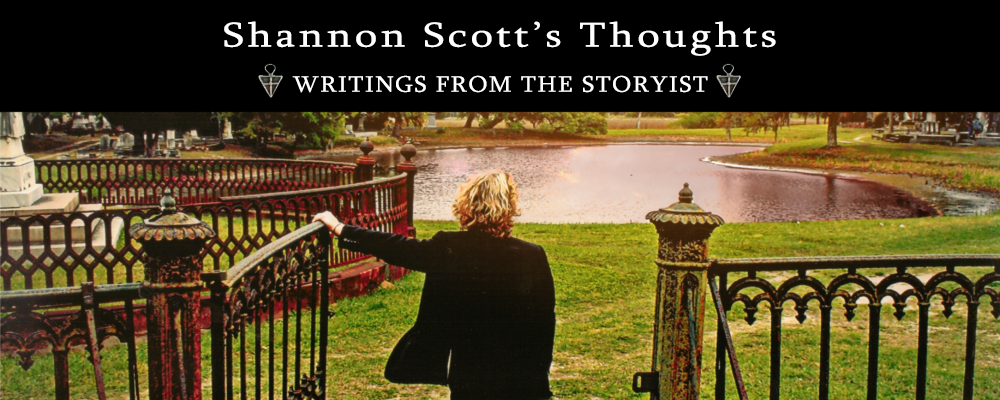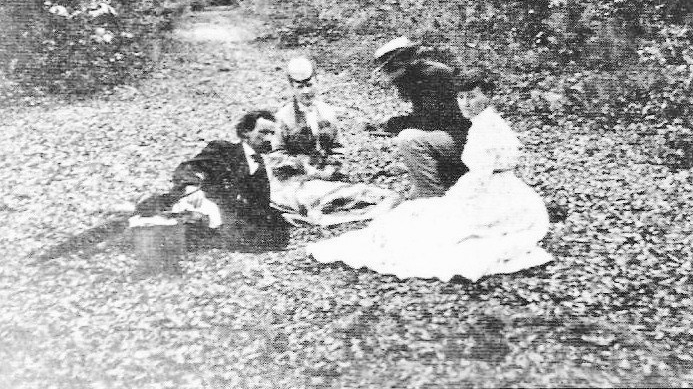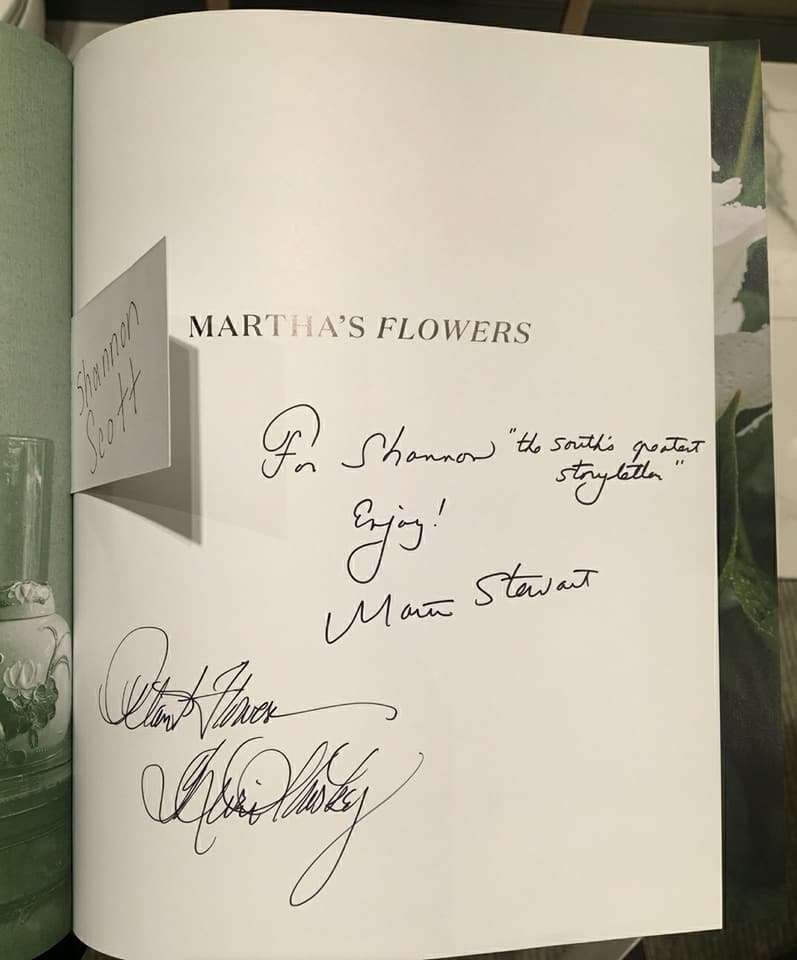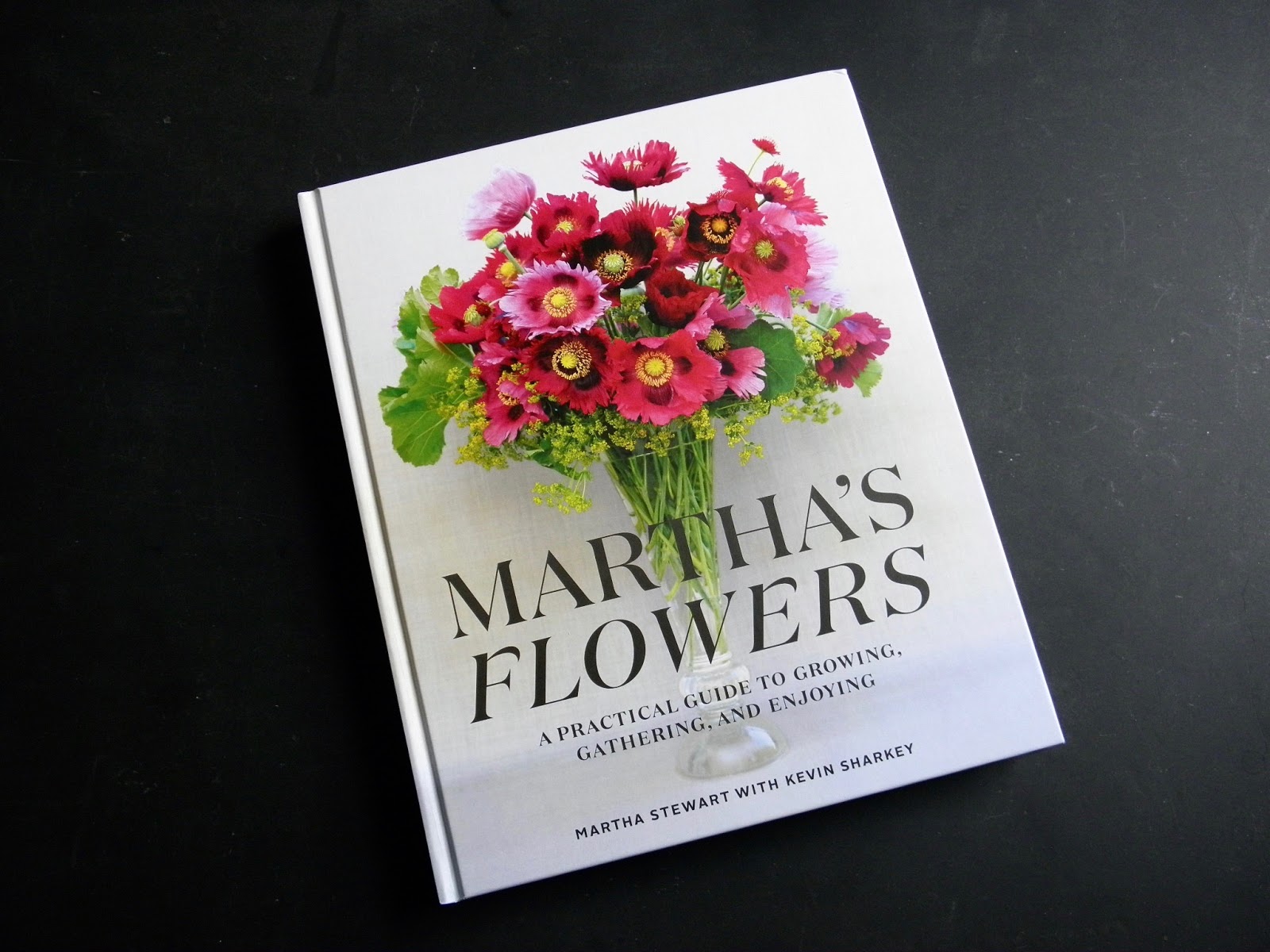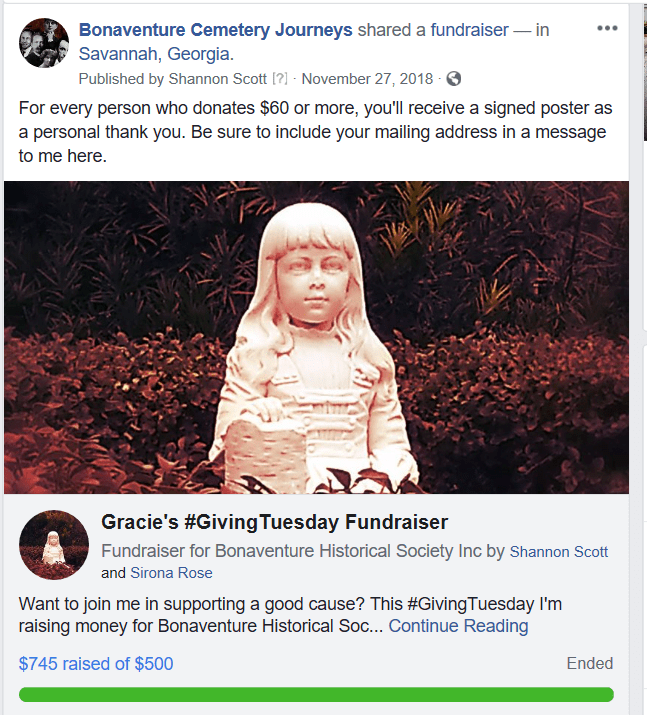
Although I’ve reservations about some of the controllers and operation tactics of PayPal & Facebook, one has to give credit where its due and there’s no denying how both came together along with the obvious support of the cemetery’s loyal fans to help The Bonaventure Historical Society. When I saw that Facebook and PayPal would be matching funds donated for the first 7 million dollars raised, naturally I sprang into action and launched Gracie’s #GivingTuesday Fundraiser and made the first donation just to see what might happen. Well I couldn’t have been more pleased obviously when I saw us make the $500 goal and then exceeded it by another $245.00. I am unsure if we fell into the “match” areas or not but at minimum, $745.00 wasn’t half bad for a day out with the dead. And in such a small city like Savannah where it lacks overall population, a broad youthful one at that, and then city laws and those budget constraints, every bit extra helps. For some time now, I’ve been adding a donation button to many of my Facebook posts as its an easy thing to add asking for contributions to The Bonaventure Historical Society and also reminds me to donate when I’ve got the spare change! The sad epilogue for me though was learning that the Director, Lee Maltenfort had passed away unexpectedly in August of 2018. As I was visiting my family in Illinois, I received the news rather late and was bummed to think I could not share the good news with him. But in my own way #GivingTuesday, Dec 3, 2018 dedicated to Lee, who was so passionate for Bonaventure like no other really and he will be sorely missed. Like Bonaventure Cemetery itself, Lee Maltenfort was one of a kind and irreplaceable. I’ll write about him soon and Rest In Peace Mr. Maltenfort. We’ll carry on the good work. Please consider making a donation in his name or joining at www.bonaventurehistorical.org
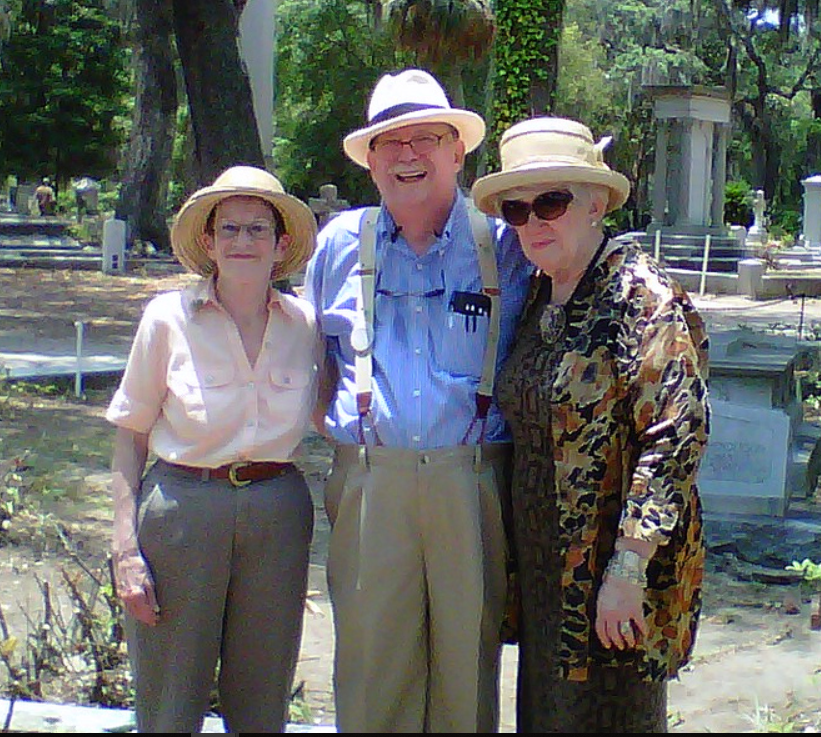
From Left, Greeter Stacy Doty (RIP), Lee Maltenfort (RIP) and Lee’s lovely widow, Judy.
